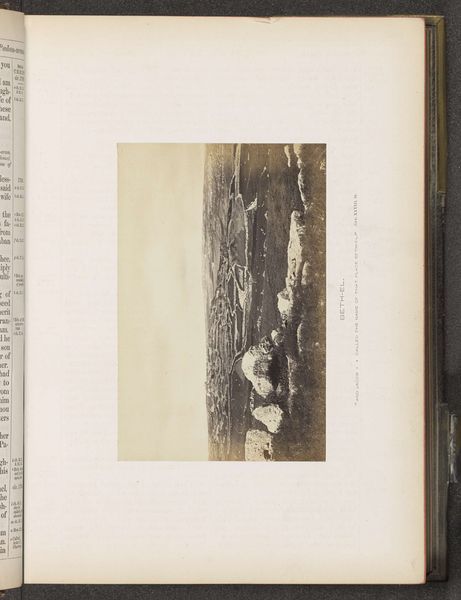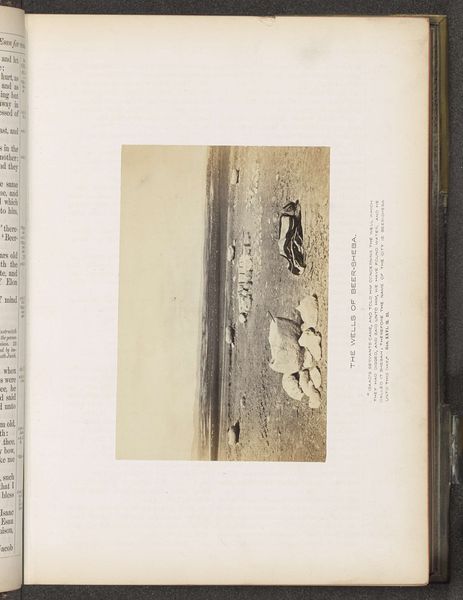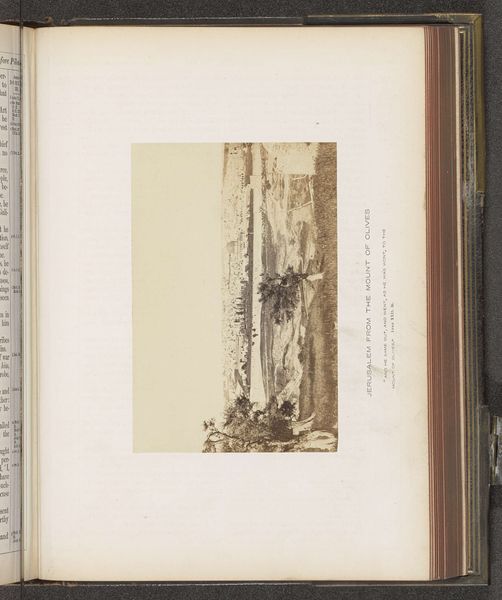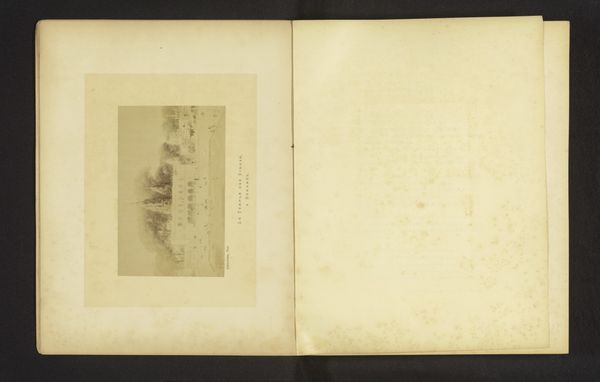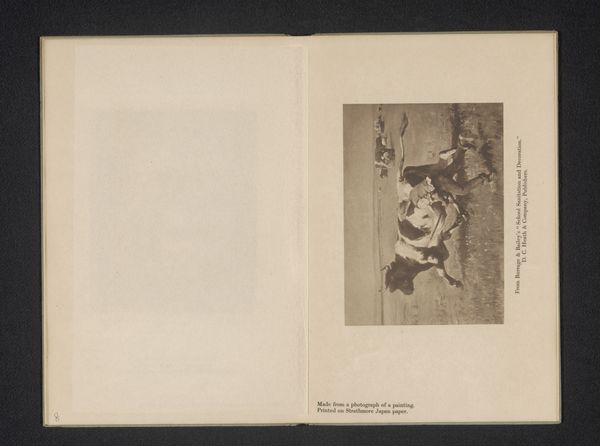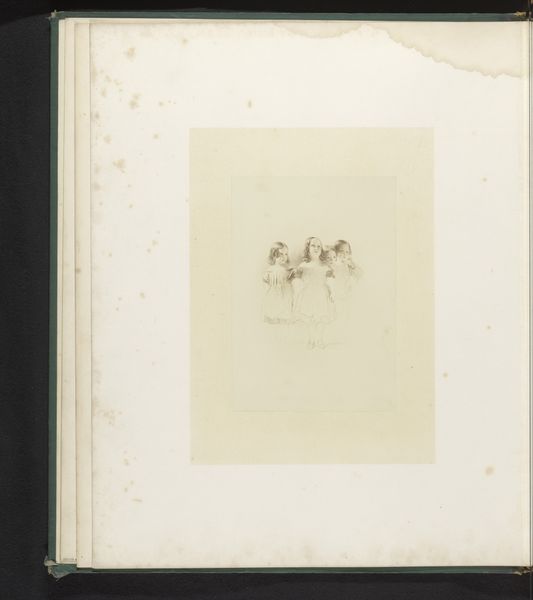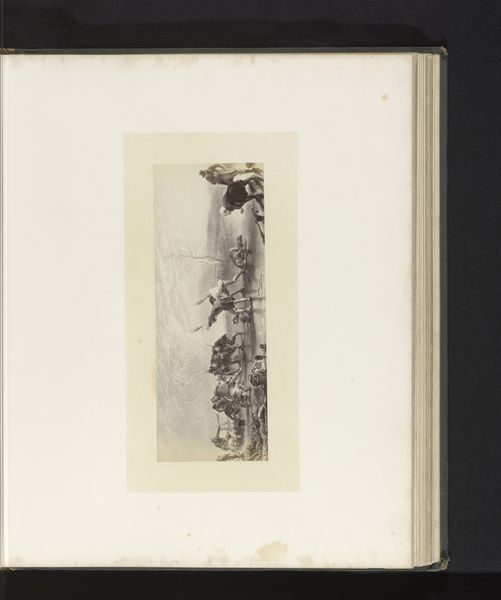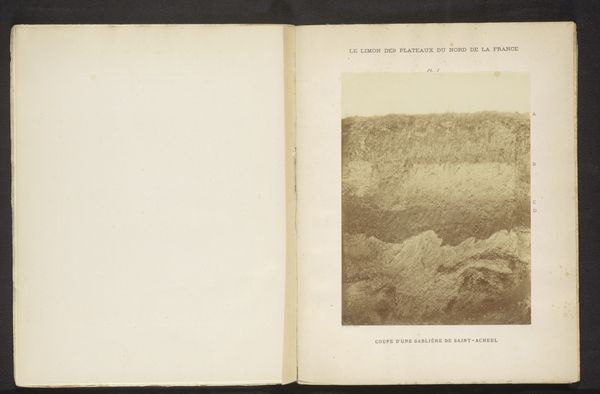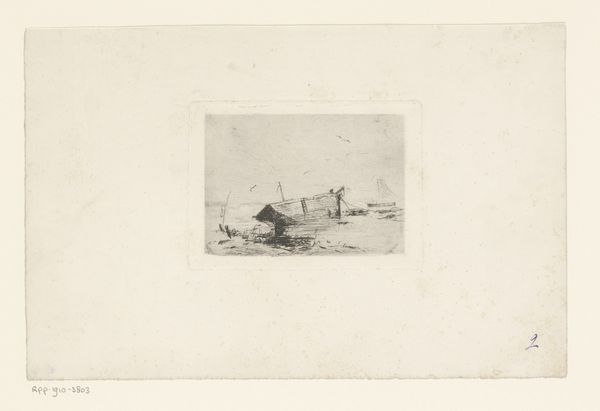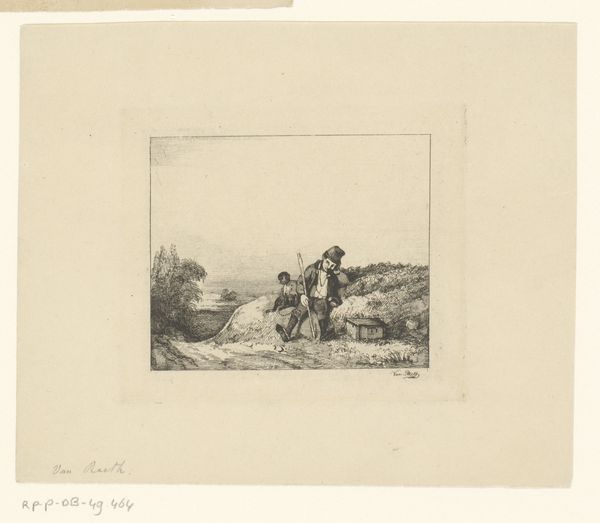
drawing, pencil
#
drawing
#
impressionism
#
landscape
#
figuration
#
pencil
#
genre-painting
Dimensions: height 62 mm, width 100 mm, height 200 mm, width 263 mm
Copyright: Rijks Museum: Open Domain
Curator: Here we have Camille Pissarro's "Twee vrouwen die de koeien hoeden," a drawing dating from 1889. Editor: The first impression is quiet contemplation. A minimalist rendering of a pastoral scene; humble. Curator: It's important to consider the positioning of women within the agricultural sphere during this period. The work, depicting two women herding cattle, speaks to the integral role of women's labor within rural economies and landscapes. The role of the caregiver within society is something Pissarro reflects on consistently throughout his artistic career. Editor: I find myself considering Pissarro’s hand, its repetitive, almost meditative motion, leaving delicate pencil marks. There is a strong emphasis on depicting labour as well; it is not idealised but rather presented as daily material process. Look at the economy of the medium— pencil, inexpensive and immediately to hand; these women, too, are closely tied to the immediate world through their labor. Curator: It invites dialogue with feminist theories concerning the body, labour and representation of working women within art history. Consider the relationship between gender, class, and rural labor during the late 19th century, also consider how women's bodies become sites of economic and social negotiation. Editor: This aligns perfectly with the ruralist ethos and material honesty embraced by many Impressionists, as seen, for example, in Jean-Francois Millet. There is a grounded sense of being close to the earth through one's materials, through labor, and even in its mundane subject matter. Curator: Absolutely. The historical contexts help us to interpret Pissarro's choice not merely as aesthetic preference, but also, perhaps, a commentary on social structure. It raises a multitude of questions around agency, the realities of pastoral work, and intersectional power dynamics. Editor: Precisely, a nexus between lived experience and art making, expressed here so simply with pencil on paper. This unassuming sketch reveals surprising depths. Curator: A powerful testament to the significance of women's roles in the maintenance of social structure. Editor: A small piece with considerable layers of materiality and significance to mull over.
Comments
No comments
Be the first to comment and join the conversation on the ultimate creative platform.
